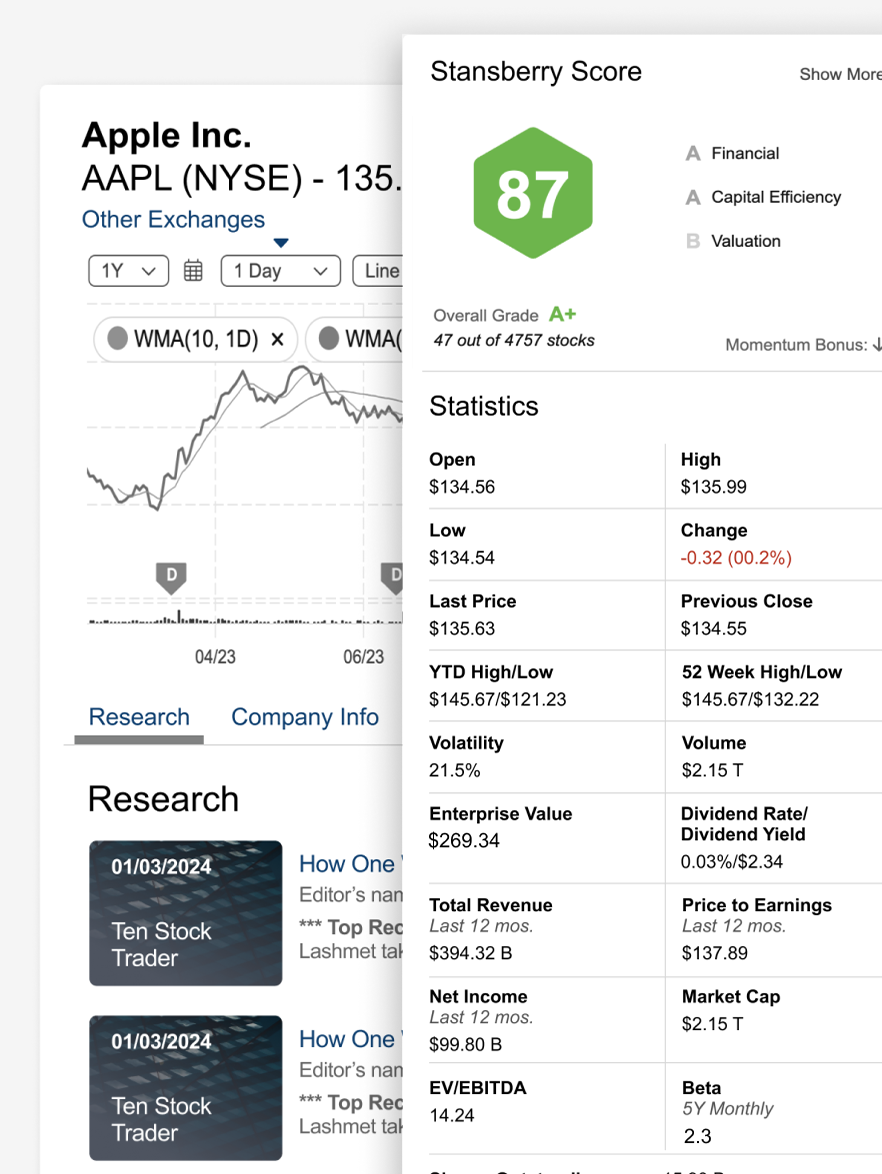ROLE: UX DESIGNER, BRAND STRATEGIST
DURATION: 6 MONTHS (APR-SEPT 2023)
WHAT IS THE PROBLEM?
56% of Americans feel left behind on retirement investing while 63% say they do not know as much as they should about investing.
WHO IS AFFECTED?
Everyday employees are struggling to save for retirement. Meanwhile, employers can't retain their unmotivated employees.
WHY IS THIS HAPPENING?
For employees, lack of financial literacy causes their hardship. For employers, this leads to a lack of employee engagement.
HOW DO WE SOLVE IT?
We can improve financial literacy by offering fun, digestible, and engaging retirement education for workers of all levels.
The Process
More behind the "How"....
1. User Research
Beginning the process with user research is vital for developing Bocce and ensuring it caters to diverse user needs. Retirement planning is highly personal, shaped by individual financial goals, risk tolerance, and lifestyles.
Understanding demographics, preferences, and pain points helps create personalized content, fostering a more engaging learning experience. Additionally, research identifies unique user behaviors, ensuring the app aligns with expectations and empowers individuals to make informed retirement decisions.
2. Define Problem
After diving into user research, I started mapping out the problem to keep the team on the same page regarding what we're tackling.
3. Gather Requirements
Following team alignment on the user and problem, I begin structuring the foundational framework of Bocce.
Initially, it was imperative to delineate the information architecture of our project. Given its educational nature, a significant focus was placed on establishing a cohesive learning vocabulary during this phase. This begins with the overarching path, the "Wealth Path", and diverts down to the specifics of individual lessons and quizzes.
Upon establishing the foundational skeleton, I initiated a push for a user-centric requirement structure, adopting the format "As a user, I need _ so that I can _." This approach guarantees that every feature is developed with a focus on meeting the end user's needs and expectations.
4. Brand & Ideation
The creative process begins with insights from psychology, indicating that individuals struggling to envision their future might find it challenging to make informed long-term saving decisions. Keeping this in mind, we positioned "Future Self" as the focal point of the brand. Serving as a guiding presence, "Future Self" accompanies users on their retirement learning journey, serving as a constant reminder of the rewards to come.
At the same time, I initiate the preliminary wireframing to translate these concepts into tangible visuals.
5. Prototype
6. Present
7. TEST
I conduct over 15 usability tests with internal users focused on analyzing our user flow. The purpose was to validate my design choices and ensure the user’s voice carries through the experience.
•30 minute recorded interviews
•15 tasks within the platform
•Participants screenshare while interacting
•Product manager documents feedback while I lead the meeting
Outcomes and Learnings
OUTCOMES ⭐
The product, launched successfully in September 2023, received positive feedback from testers for its intuitive features and user-friendly interface.
Post-launch, the high demand is evident through over 15 ongoing business client demos, indicating a promising trajectory for the product's success in the market.
LEARNINGS 🤔
Insufficient initial research can escalate future product development costs and result in a subpar user experience.
To mitigate these risks, it is imperative to strategically involve a diverse range of users and stakeholders throughout the design process, ensuring a comprehensive and well-informed approach.

